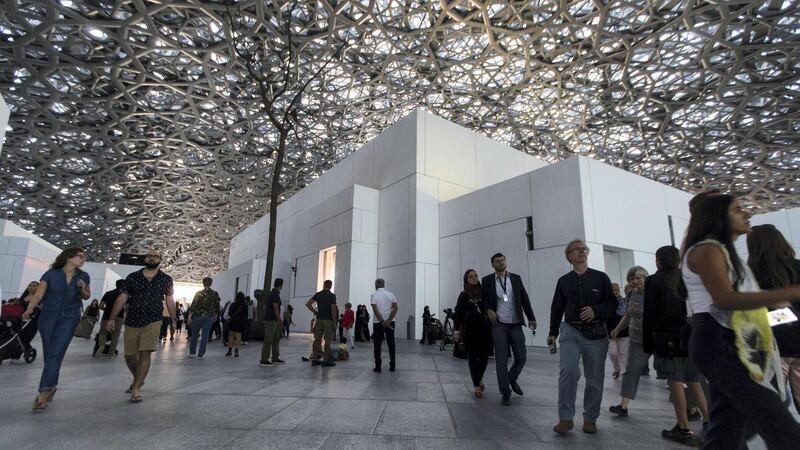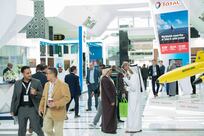A rise in tourist numbers in Dubai and Abu Dhabi has been fuelled by a surge in Russian visitors following a change to entry visa rules.
For the first eight months of 2018, there was a 64.8 per cent increase in the number of tourists travelling from Russia to Dubai and Abu Dhabi. There was also growth in German visitors of 14.7 per cent, while arrivals from China increased by 11.6 per cent compared to the same period last year.
Russian tourists are now granted a free 30-day visa on arrival, which can be extended for a further month in exchange for a fee.
When the change was announced last year, it was hailed as a sign of growing ties between the UAE and Russia. It was followed by a meeting between Sheikh Mohamed bin Zayed, the Crown Prince of Abu Dhabi and Deputy Supreme Commander of the Armed Forces, and Vladimir Putin, the Russian President, in Moscow in June.
_________
Read more
[ Russian tourists to get visas on arrival to UAE ]
[ Sheikh Mohamed bin Zayed in Russia on two-day official visit ]
[ Sheikh Mohamed bin Zayed and Vladimir Putin discuss relations between UAE and Russia ]
_________
The growth in Russian visitors came in spite of a dip in the value of the ruble against the dirham.
Overall, the number of tourists to Abu Dhabi and Dubai rose by 1.6 per cent compared to the same period last year. Discount deals and special offers were credited with contributing to the overall increase, with the average cost of a hotel room falling by 5.3 per cent in Abu Dhabi and 5.5 per cent in Dubai compared to the same period in 2017.
The data “confirms the capacity of the UAE’s tourism sector to attract international visitors”, the news agency WAM noted.
The statistics were provided by the Department of Tourism and Commerce Marketing in Dubai and the Abu Dhabi Department of Culture and Tourism.
Tourists coming to Dubai from Gulf Cooperation Council countries represent 29 per cent of the total, and those from the Middle East represent 19 per cent, while tourists from Western Europe and North America represent 21 per cent and six per cent respectively. Tourists from South Asia and North Africa account for 11 per cent and 10 per cent.
In Abu Dhabi, most leading countries that provide tourists recorded an increase in numbers except the Philippines, which recorded a slight decrease. The fall of the value of the peso against the dirham may have had an effect on visitor numbers.
The tourism sector is hoping a series of major events in the UAE, such as the recent Club World Cup. Next month’s Asian Cup and the Special Olympics in March will mean further growth is recorded in future figures.






